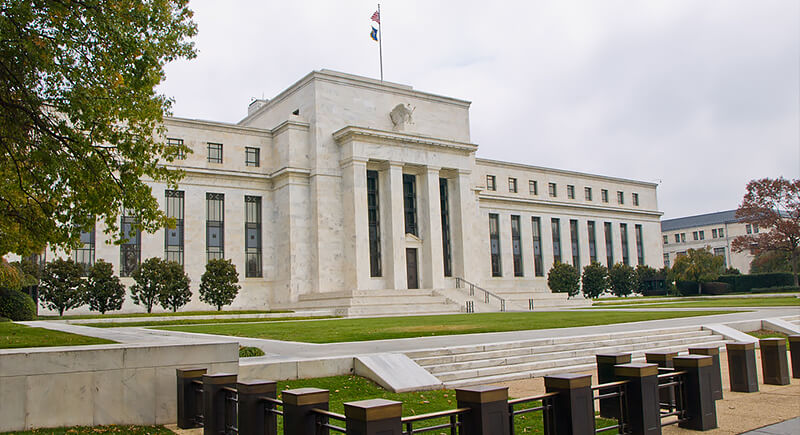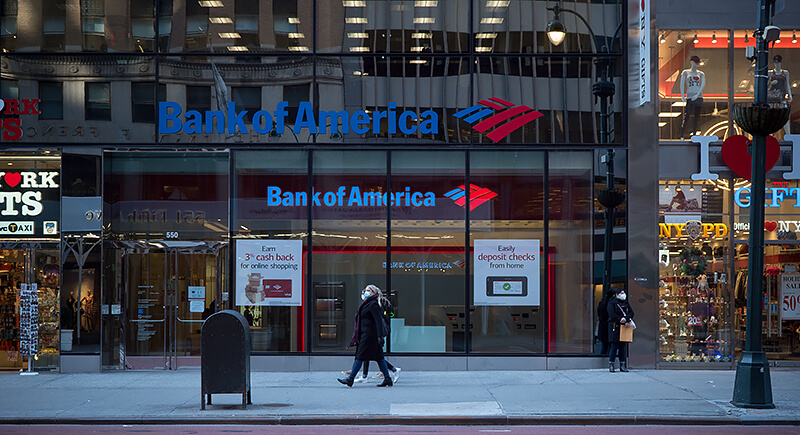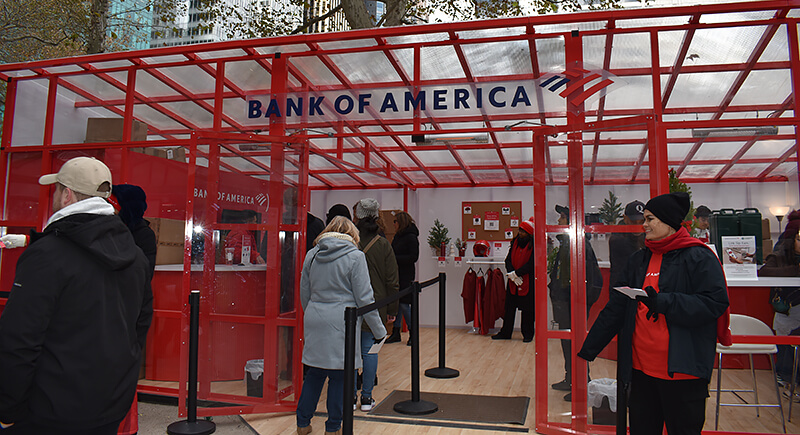The U.S. banking system has seen better days. From high-profile bank failures to dwindling consumer confidence, the financial landscape feels more unstable than ever. Bank of America, one of the country’s biggest institutions, has been making headlines for all the wrong reasons.
But does this signal a full-scale collapse of the banking system, or is it just another wave in the ever-evolving financial sector?
The Cracks in the System

Credit: iStockphoto
Banks thrive on trust. The moment customers start questioning the safety of their deposits, the foundation weakens. Over the past year, multiple bank runs, liquidity crises, and regulatory scrutiny have shaken the industry.
The 2023 Collapse of SVB and Signature Bank

Credit: Reddit
In March 2023, the collapses of Silicon Valley Bank (SVB) and Signature Bank—two of the largest U.S. banks to fail since the Great Depression of the 1930s—led some to wonder if the nation was headed for a new widespread banking crisis.
Bank of America Faces Public Scrutiny

Credit: flickr
Bank of America has faced its own set of challenges. From lawsuits over junk fees to customer dissatisfaction over frozen Zelle transfers, the institution’s reputation has taken a hit. When consumers start pulling their money out in frustration, the effects ripple across the financial system. And when major corporations rethink where they store their billions, the stakes get even higher.
The Fed’s Tightrope Walk

Credit: flickr
The Federal Reserve plays a crucial role in stabilizing the banking system, but even it faces a balancing act. Aggressive interest rate hikes meant to combat inflation have made it harder for banks to lend profitably. Higher borrowing costs also mean more loan defaults, and guess who holds those bad debts? That’s right—banks like Bank of America.
Deposit Flight Toward Safer Returns

Credit: iStockphoto
Depositors are also looking for better returns elsewhere. Treasury yields offer safer and more attractive alternatives, and many are pulling their cash out of traditional banks. If this trend continues, banks may struggle to maintain liquidity and trigger even bigger problems.
Hundreds of Banks Are at Risk

Credit: iStockphoto
The risks are growing. In May 2024, consulting firm Klaros Group analyzed about 4,000 U.S. banks and found that 282 banks face the dual threat of commercial real estate loans and potential losses tied to higher interest rates. If even a fraction of these institutions falter, the domino effect could be severe.
How Bank Closures Shake the Economy

Credit: iStockphoto
When a major bank shutters its doors, the effects aren’t just limited to depositors—it sends shockwaves through the entire economy. Businesses relying on bank loans may suddenly find their credit lines frozen, which will lead to layoffs and halted operations. Homebuyers and small businesses may struggle to secure financing, slowing down economic growth.
A Crisis of Confidence

Credit: iStockphoto
On a larger scale, bank failures shake consumer confidence. When people fear their money isn’t safe, they spend less, further dragging down the economy. The stock market also takes a hit, as financial institutions play a massive role in market stability.
Taxpayers Could Pay the Price

Credit: iStockphoto
Moreover, taxpayers often end up footing the bill when the government steps in with bailout measures. While deposit insurance protects individual accounts up to a certain limit, large-scale collapses strain federal resources, potentially leading to higher taxes or increased national debt.
Americans Are Growing More Worried

Credit: iStockphoto
As banking industry observers wonder whether more dominoes will fall, public concern is growing. About a third of Americans (36%) say they’re very concerned about the stability of banks and financial institutions. While this level of worry is still lower than concerns about consumer prices and housing costs, it signals a significant shift in public sentiment.
Is the Banking System Collapsing?

Credit: iStockphoto
Let’s not sound the doomsday alarms just yet. While banks are struggling, the entire system isn’t on the verge of total collapse. The federal government has shown it’s willing to step in when needed, whether through bailouts or emergency measures. However, the banking model we’ve known for decades is changing.
The Rise of Alternatives to Big Banks

Credit: iStockphoto
Customers are more financially savvy and have more options. Fintech companies, decentralized finance (DeFi), and even cryptocurrency are chipping away at traditional banking’s dominance. People are asking tough questions: Why deal with slow transfers, hidden fees, and outdated banking practices when modern alternatives exist?
What Comes Next?

Credit: iStockphoto
Bank of America isn’t going to disappear overnight, but the pressure is mounting. Whether it’s increased regulatory scrutiny, shifting consumer behavior, or economic uncertainty, traditional banks are fighting to stay relevant. For everyday consumers, the key takeaway is simple: diversify. Don’t put all your money in one bank; explore alternative financial tools and stay informed. The banking system may not be collapsing, but it’s definitely evolving—whether the big banks like it or not.
